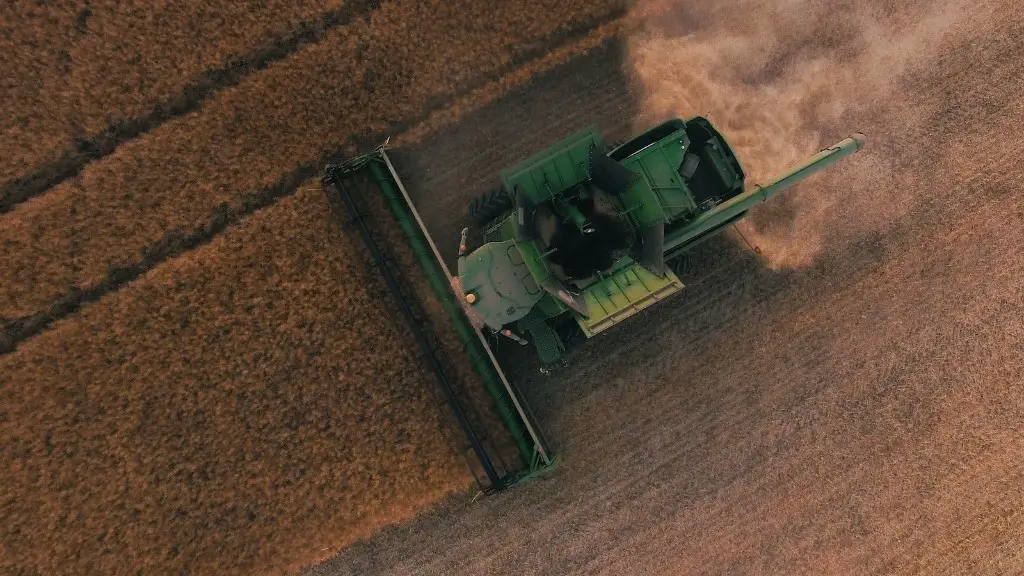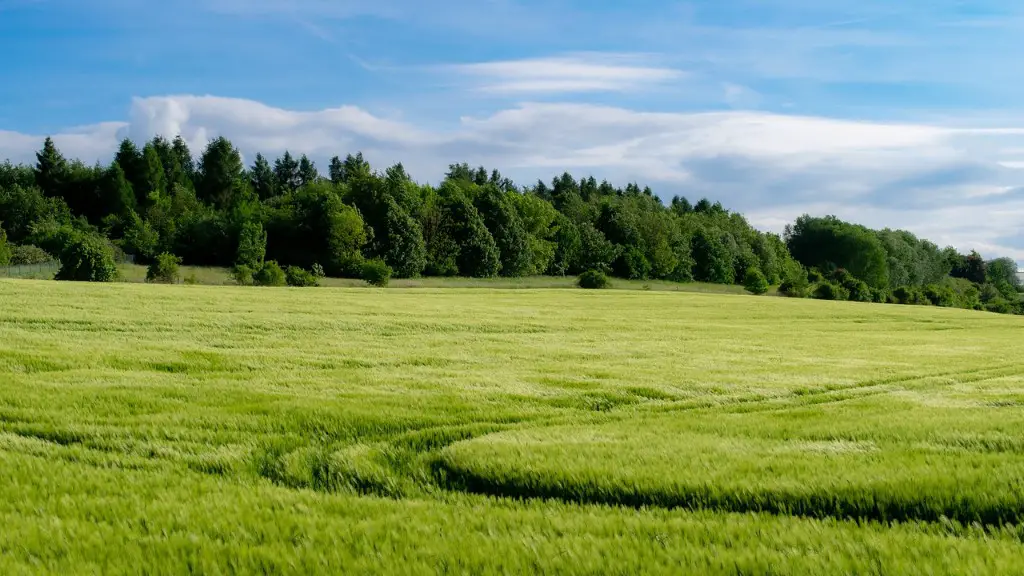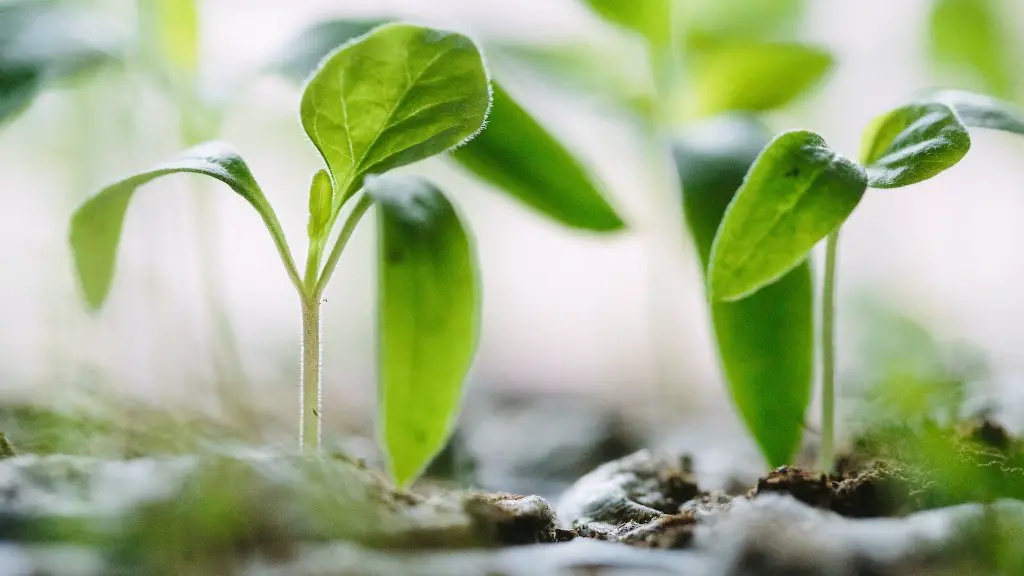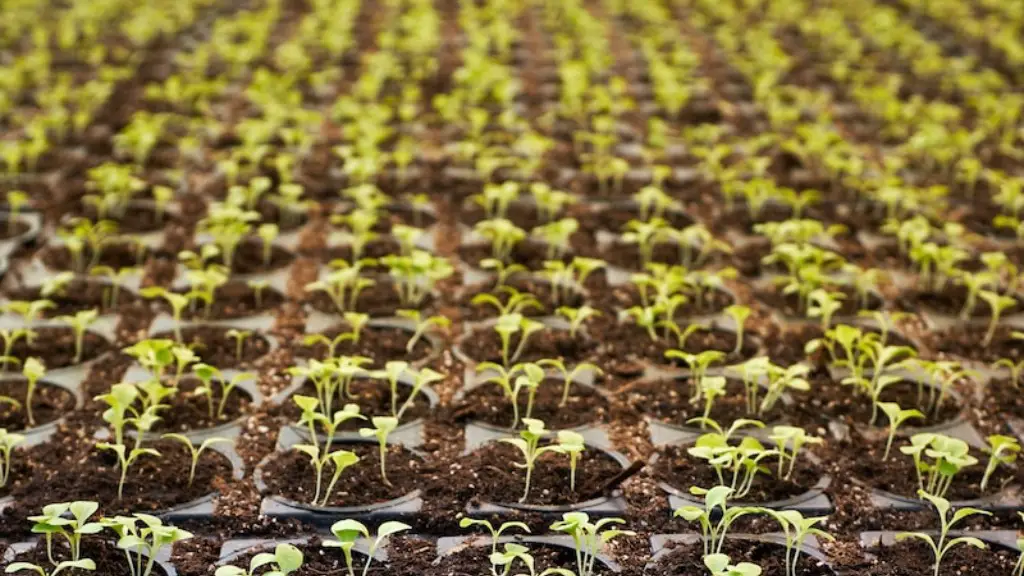Modern technology in agriculture is a broad term encompassing a wide range of methods and applications that have been developed to increase agricultural productivity. It includes the use of modern agricultural tools and equipment, as well as using sophisticated technologies such as drones and GPS tracking. By leveraging these technologies, farmers are able to reduce labor costs, conserve resources, and maximize yield. The benefits of integrating modern technology with traditional agricultural practices are numerous, and the advancements made in recent years have made it possible for farmers to increase their productivity and profitability.
Precision Agriculture
One of the most popular technology-based approaches used in modern agriculture is known as precision agriculture. This approach is used to maximize production and minimize costs through the use of GPS-guided technology, data-driven decisions, and automated processes. Precision agriculture relies on the collected data to accurately administer the right amount of fertilizer, water, and pesticide across entire fields or small plots of land. This has led to more efficient farming practices and a minimization of inputs, resulting in cost savings and improved yields.
Remote Sensing
Remote sensing is another technology found in modern agricultural practices. These devices measure certain physical qualities such as light, temperature, moisture levels, and soil fertility. This allows farmers to more accurately identify areas that need attention without having to physically visit them. Remote sensing can also be used to monitor crop performance, map out crop field patterns, and provide real-time data to producers.
Drones
Drones are quickly becoming a popular tool for farmers. These unmanned aerial vehicles (UAVs) are equipped with cameras and other sensors that can capture images and data from above. This data can be used to monitor crop health, identify diseased areas, and even optimize irrigation systems. Drones have also proven to be useful for crop spraying, reducing the need for manual labor.
Automation
Automation is another major component of modern technology in agriculture. Automation technologies allow farmers to automate certain processes, such as harvesting and planting. Automation can help reduce labor costs, and in some cases, it can even improve yields. Automation can also be used to monitor soil and water conditions in a field and to notify farmers when it’s time to irrigate.
Robotics
Robotics is another application of modern technology in agriculture. Robots can be used for harvesting, weeding, and other labor-intensive tasks that have traditionally been done by hand. This allows for higher precision and accuracy compared to manual labor. Robotics technology can also be used to monitor crop health, detect pests, and increase efficiency in many other areas of the agricultural industry.
Data Science
Data science is an emerging technology in the agricultural industry. Data science is the practice of analyzing large sets of data to extract meaningful insights that can be used to improve agricultural processes. Through data science, farmers can identify trends, optimize yields, and better predict crop performance. Data science can also be used to develop better practices for farming, pest control, and crop rotation.
Artificial Intelligence
Artificial intelligence (AI) is another important technology found in modern agriculture. AI can be used to analyze data, monitor crop health, and automate irrigation systems. It can also be used to identify disease in crops, detect pests, and predict yields. As AI technology advances, it is expected to be used increasingly in the agricultural industry to help increase the efficiency and yield of crops.
Greenhouse and Controlled Environment Agriculture
The use of greenhouses and controlled environment agriculture (CEA) is another technological advancement found in modern agriculture. Greenhouses and CEA allow farmers to control temperature, humidity, light, and other variables in order to maximize crop yields. They also reduce the need for chemicals and other inputs, resulting in a more sustainable and efficient farming process.
Hardware Components
Hardware components, such as sensors and monitoring devices, are essential to the advancement of modern technology in agriculture. These components allow farmers to collect data and monitor crop health remotely. In addition, these components can be used to automate irrigation, identify disease and pests, and control temperature and humidity in greenhouses and CEA.
Gene Editing
Gene editing is another key technology being used in modern agriculture. This technology allows for the insertion or deletion of DNA sequences in order to alter the genetic makeup of plants. This can be used to make them more resistant to disease, drought, and pests. Gene editing has become increasingly popular due to its potential to significantly improve crop yields.
Weather Prediction and Modelling
Weather prediction and modelling are two essential technologies in modern agriculture. The ability to predict weather patterns allows farmers to plan and make decisions that are appropriate for the current conditions. Weather modelling provides farmers with a better understanding of how weather affects crop yields. As weather conditions can often be unpredictable, the ability to accurately predict and model weather conditions can provide farmers with invaluable insight.



